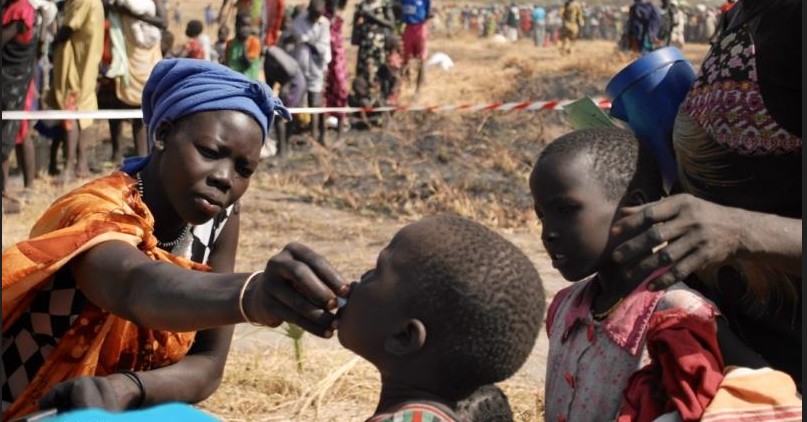Fake goods flood Kenyan online market, costing economy Sh800 billion annually

According to the Consumer-Level Survey Report 2025 by the Anti-Counterfeit Authority (ACA), counterfeit products account for approximately nine per cent of Kenya’s total illicit trade.
A new survey has revealed that online spaces, including Facebook and Jumia, have emerged as major distribution channels for counterfeit goods in Kenya. These channels contribute to a national economic loss of about Sh800 billion annually.
According to the Consumer-Level Survey Report 2025 by the Anti-Counterfeit Authority (ACA), counterfeit products account for approximately nine per cent of Kenya’s total illicit trade.
More To Read
- Court allows Facebook moderators’ case against Meta to proceed
- Why Meta is in trouble in Nigeria and what this means for Facebook, Instagram and WhatsApp users
- New Bill proposes metered internet billing and mandatory age verification for online access
- Seven smart ways to protect your Facebook from hackers
- Kenya listed as key market for counterfeit goods in US trade report
- KEBS urges Kenyans to verify product quality marks to enhance safety
The report, launched during World Anti-Counterfeiting Day, warns that the rapid growth of digital marketplaces is accelerating the spread of fake products, many of which pose serious threats to consumer health and safety.
“This is not just about lost revenue. It is about lives, jobs, and the integrity of our markets—especially in the case of counterfeit medical products, which are a death sentence,” the agency warned.
The survey, which was conducted in eight counties, including Nairobi, Busia, Kisumu, Mombasa, Garissa, Machakos, Nyeri, and Nakuru, sought to assess consumer awareness, experiences, and attitudes toward counterfeit goods in the country.
According to the findings, 83.85 per cent of respondents are now aware of counterfeit products, a marked increase from 65.48 per cent in 2024 and 55.8 per cent in 2021.
“The study was conducted to assess the awareness, experiences, and attitudes of consumers towards counterfeit goods in Kenya,” reads the report.
Despite this growth in awareness, the report notes that many Kenyans still struggle to identify fake products in the market.
“While general awareness has improved, many consumers still struggle to distinguish between genuine and fake products,” it states, pointing out that increased awareness does not always lead to better purchasing decisions.
The report emphasises that about 60 per cent of counterfeit transactions occur through informal street vendors, while 31.27 per cent take place online, with Facebook and Jumia listed as the top platforms for distributing fake goods.
“Street vendors still dominate, but the tide is turning. The battleground is now the online marketplace,” the report states.
It cautions that unless enforcement efforts are redirected toward the digital space, Kenya risks losing the battle against counterfeit trade.
“Without reallocating efforts and resources to the online domain, the country risks losing the fight against counterfeiting before truly understanding its digital dimension,” it warns.
China remains the leading source of counterfeit products entering the Kenyan market, both through online and offline channels. However, the report also identifies Kenya and Uganda as significant contributors to the offline counterfeit trade, suggesting that local production and distribution are also part of the growing problem.
Affordability is cited as the leading reason consumers continue to purchase counterfeit products.
“Kenya is a country of affordability. People often buy what is available and affordable, even if it is not authentic,” the report observes.
To counter the widespread trade, the ACA is recommending that importers be required to declare their shipments at the point of origin, as part of an effort to improve monitoring and regulation of goods entering the country.
The report calls for evidence-based policymaking, targeted enforcement, and a renewed focus on consumer education, particularly on digital platforms.
“The way forward must be scientific, targeted, and data-driven. We cannot fight a dynamic problem like counterfeiting with outdated tools,” reads the report.
Top Stories Today











































